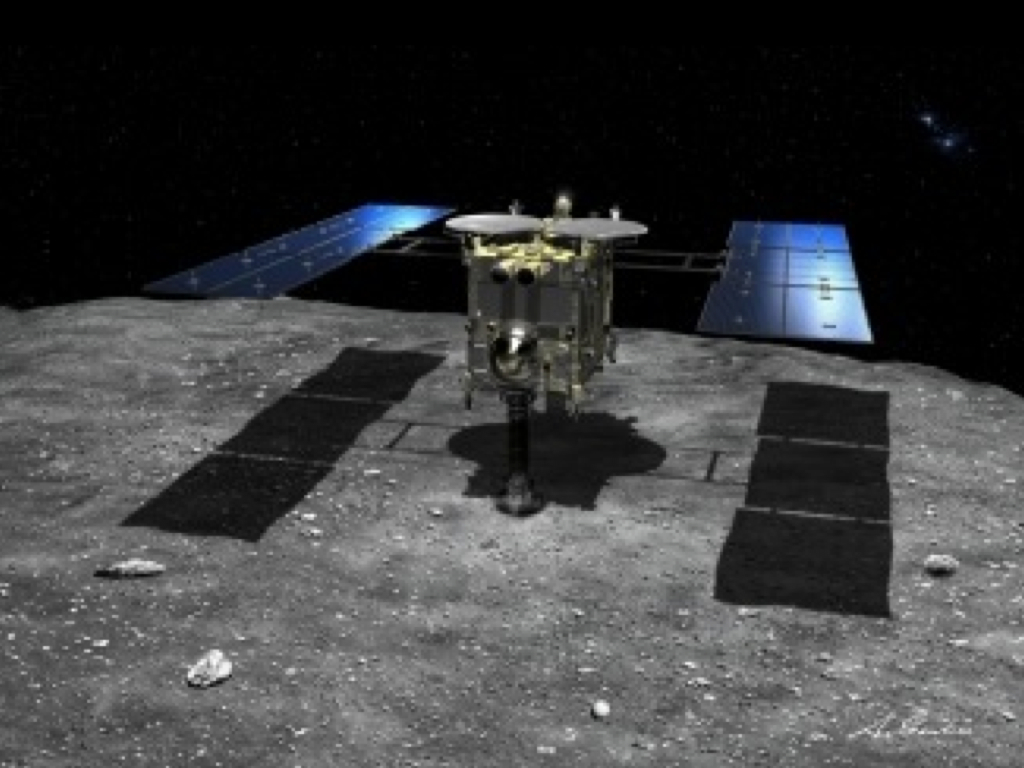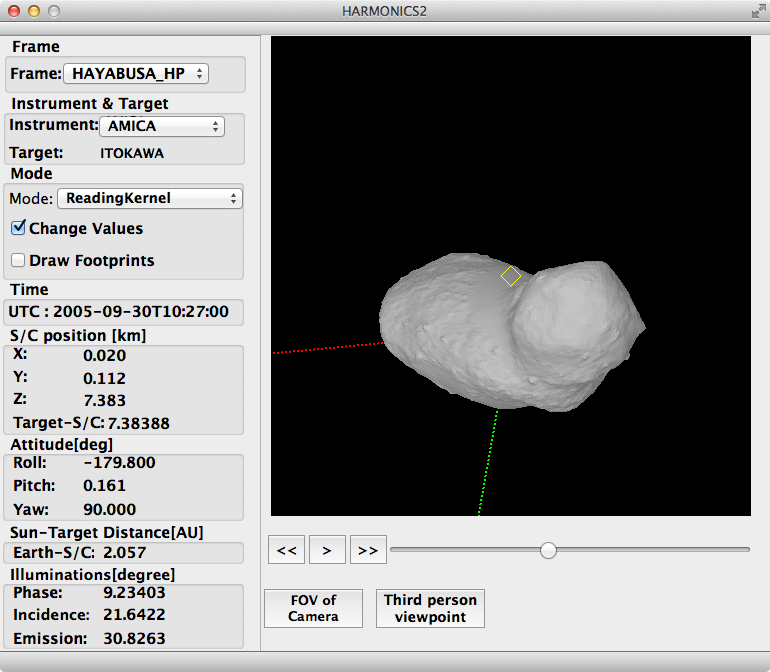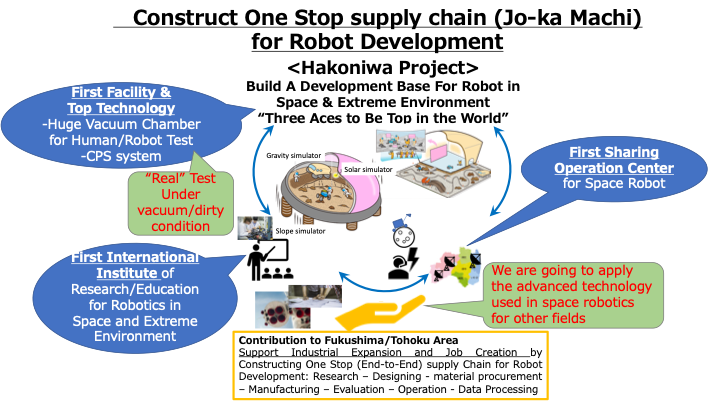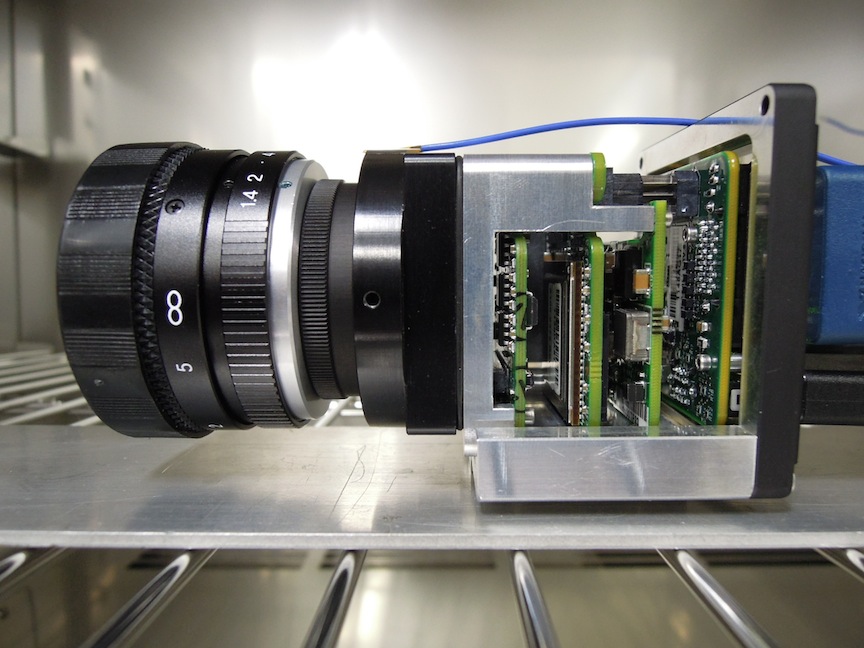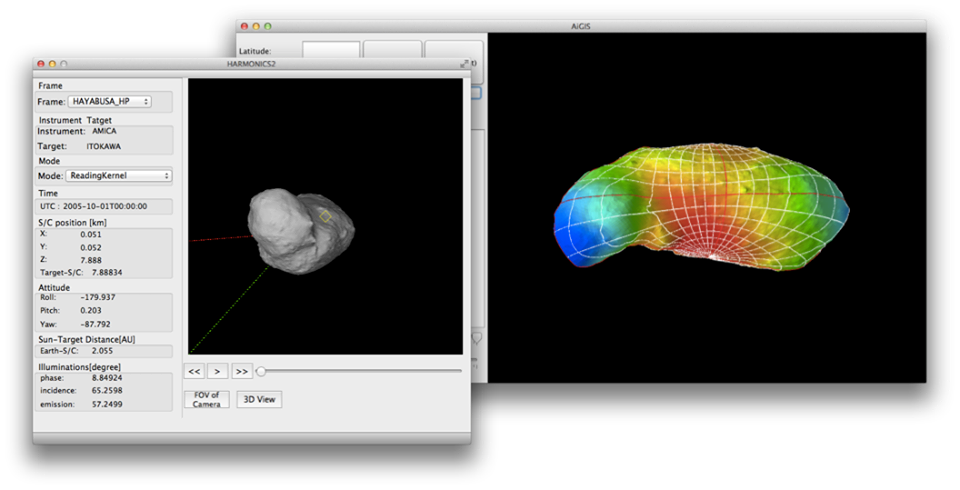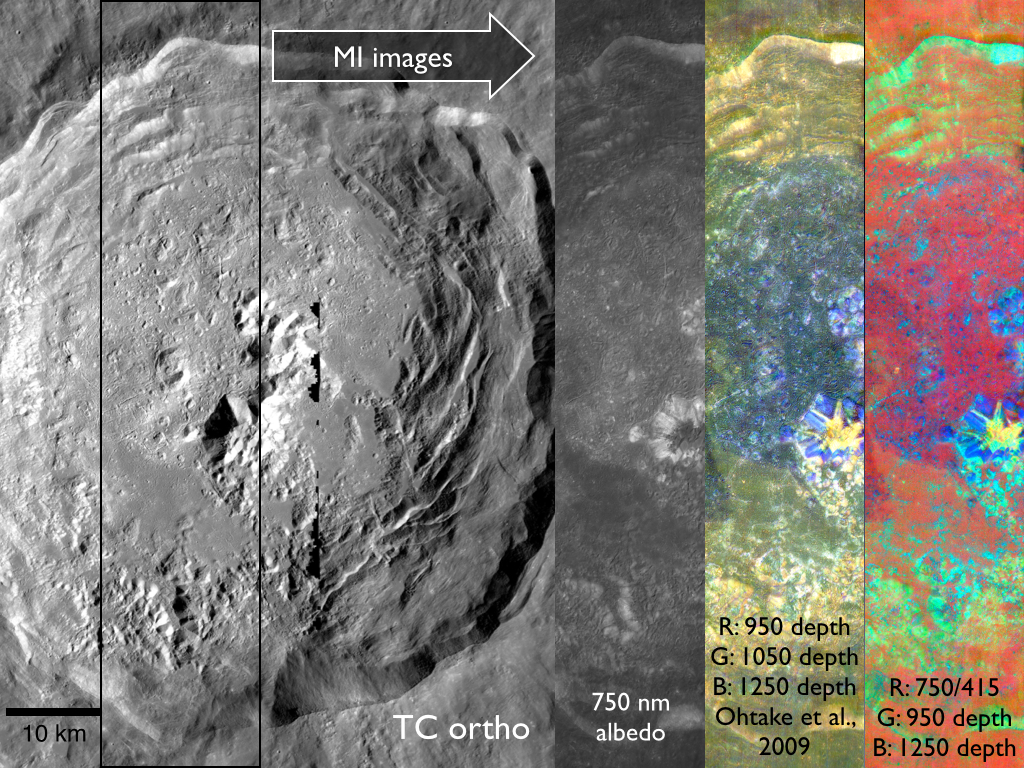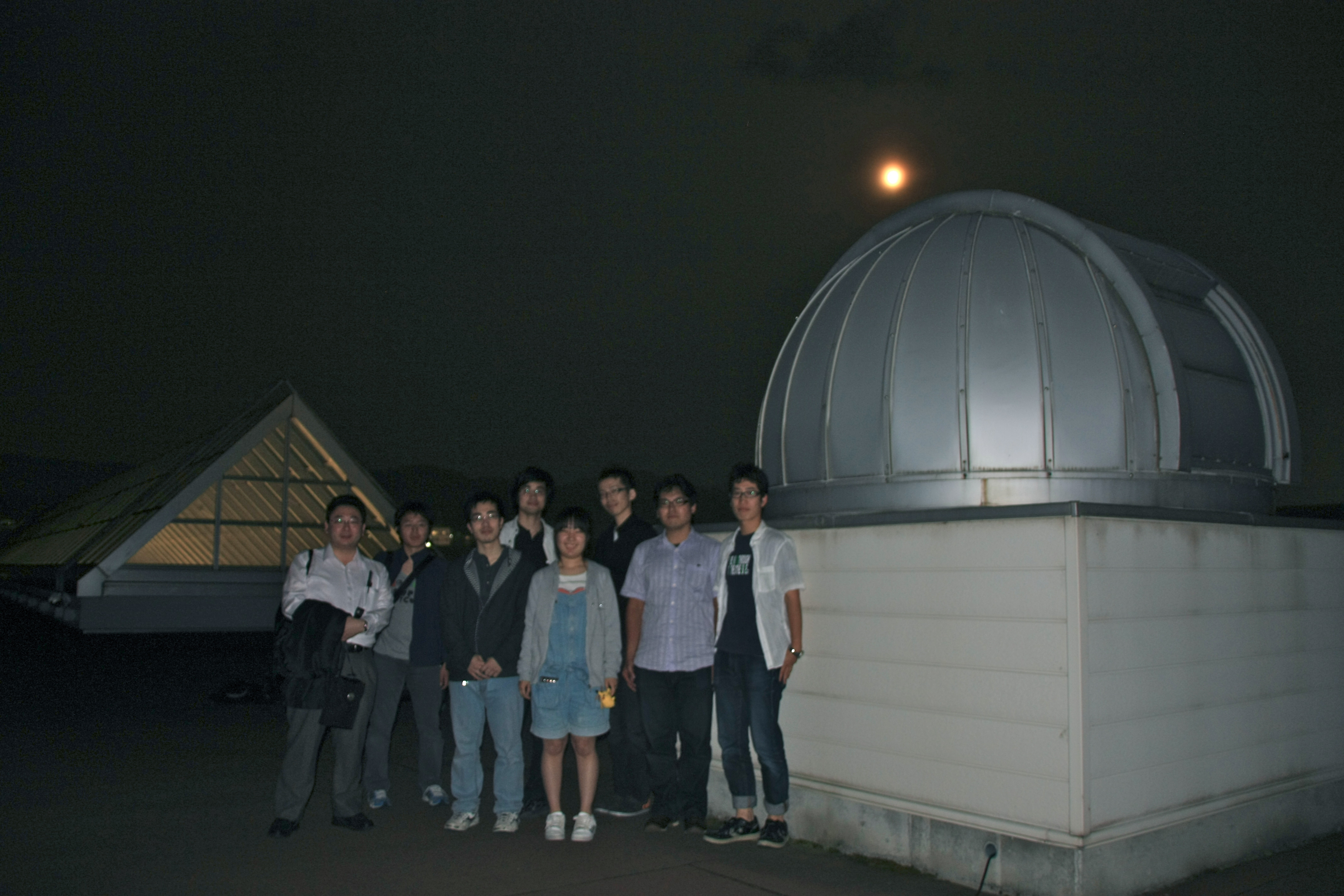
HONDA Chikatoshi
Associate Professor
- Affiliation
- Department of Computer Science and Engineering/Division of Information Systems
- Title
- Associate Professor
- chonda@u-aizu.ac.jp
Education
- Courses - Undergraduate
- M2 Linear Algebra I [re-take]M2 Linear Algebra II [re-take]L5 CSE laboratories
- Courses - Graduate
- ITA23 Practical Data Analysis with Lunar and Planetary Databases
Research
- Specialization
-
Space and planetary sciences
Mathematical informatics
Planetary SciencesLunar and Planetary ExplorationData analysis and numerical simulation for Lunar and Planetary Exploration
- Educational Background, Biography
-
Education:
Doctor of Science, 2005, Kyushu University,
M.A. in Science, 1999, Kyushu University,
B.A. in Science, 1997, Kyushu University.
Research and Teaching Experiences:
2009.Apr. - Present, Assistant Professer, ARC-Space, CAIST, The University of Aizu.
2006.Apr. - 2009.Mar, Aerospace Project Research Associate, Japan Aerospace Exploration Agency.
- Current Research Theme
- Evaluation of crater spatial distribution (Clustering analysis, Voronoi diagram etc.).Quantitative analysis of lunar roughness and terrain classification for preparation of lunar geological map. Numerical simulation of lunar flood basaltic volcanism.
- Key Topic
- Planetary Science, Impact craters, Volcanism on the terrestrial planet and satellite.
- Affiliated Academic Society
- Japan Society for Planetary Sciences,The Seismological Society of Japan,Japan Geoscience Union,American Geophysical Union
Others
- Hobbies
- Camera, International travel.
Main research
- Asteroid Explorer Hayabusa2
-
Many members from the University of Aizu, in particular faculty members from CAIST/ARC-Space, have been involved with Hayabusa 2, the asteroid explorer launched by JAXA in 2014. Our University's members have been conducting research in connection with this project in anticipation of Hayabusa 2's arrival at the asteroid 162173 Ryugu in 2018, to be followed by its return to Earth in 2020. Specifically teams at the University have been engaged in developing observation instruments, which include the near infrared spectrometer installed on Hayabusa 2, and in developing analytic software that will model the shape of the asteroid based on data captured by the probe's observation instruments.
JAXA Hayabusa 2 project website
*Material from JAXA's digital archives has been used for the banner images, etc.
- Developing analytic software for lunar and planetary exploration data
-
Japan's lunar and planetary exploration projects have already generated a lot of observation data, as seen from its Hayabusa asteroid explorer project and Kaguya lunar explorer project. To get the most out of this valuable asset, software will be required that assists with analyzing all that data, helping researchers to advance their scientific analyses across a broad front.
We are investigating technologies that enable the visualization of complex data in an easy to understand fashion, and technologies that will let researchers spot really important pieces of information from a huge mass of data.
- Hakoniwa Program (Moon/Mars Garden Program)
- Onboard instruments for Lunar and Planetary Exploration missions
-
Onboard instruments for Lunar and Planetary Exploration missions
- Promotion of Space Software from UoA! (Factories for Start-Up Ventures, etc.)
-
This has been started as an educational project supported by Coordination Funds for Promoting AeroSpace Utilizaiton MEXT (2017-19).
O02-2 Factories for Start-Up Ventures no.2 Space Utilization of Remote Sensing Data, CFS Creative Factory Seminar, O03 SCCP Lunar and Planetary Data Analysis & Tanpopo on ISS, and delivery lectures for junior/senior highschool students.
https://arcspace.jp
https://www.facebook.com/SpaceSoftUoA/
- Scientific analysis of earth, lunar and planetary remote sensing data
-
So that we may learn more about the formation and the future evolution of our solar system, it is extremely important to analyze the remote sensing data captured by lunar and planetary explorers and earth observation satellites. Deploying software technology for analyzing data researched and accumulated by the University, our teams are making new discoveries in the field of earth planetary science and conducting further research into disaster prevention and the environment.
- Student Cooperative Class Project: Lunar and Planetary Data Analysis & Tanpopo Project on ISS
-
Student Cooperative Class Project: Lunar and Planetary Data Analysis
Dissertation and Published Works
Ohatake et al. (2010), Space Science Reviews, 154, 57-77, "Deriving the Absolute Reflectance of Lunar Surface Using SELENE (Kaguya) Multiband Imager Data".
Ohtake et al. (2009), Nature, 461, 236-240, "The Global Distribution of Pure Anorthothite on the Moon".
Haruyama et al. (2009), Science, 323, 905-908, "Long-Lived Volcanism on the Lunar Farside Revealed by SELENE Terrain Camera".
Haruyama et al. (2008), Science, 322, 938-939, "Lack of Exposed Ice Inside Lunar South Pole Shackleton Crater".
Saito et al. (2006), Science, 312, 1341-1344, "Detailed Images of Asteroid 25143 Itokawa from Hayabusa".



